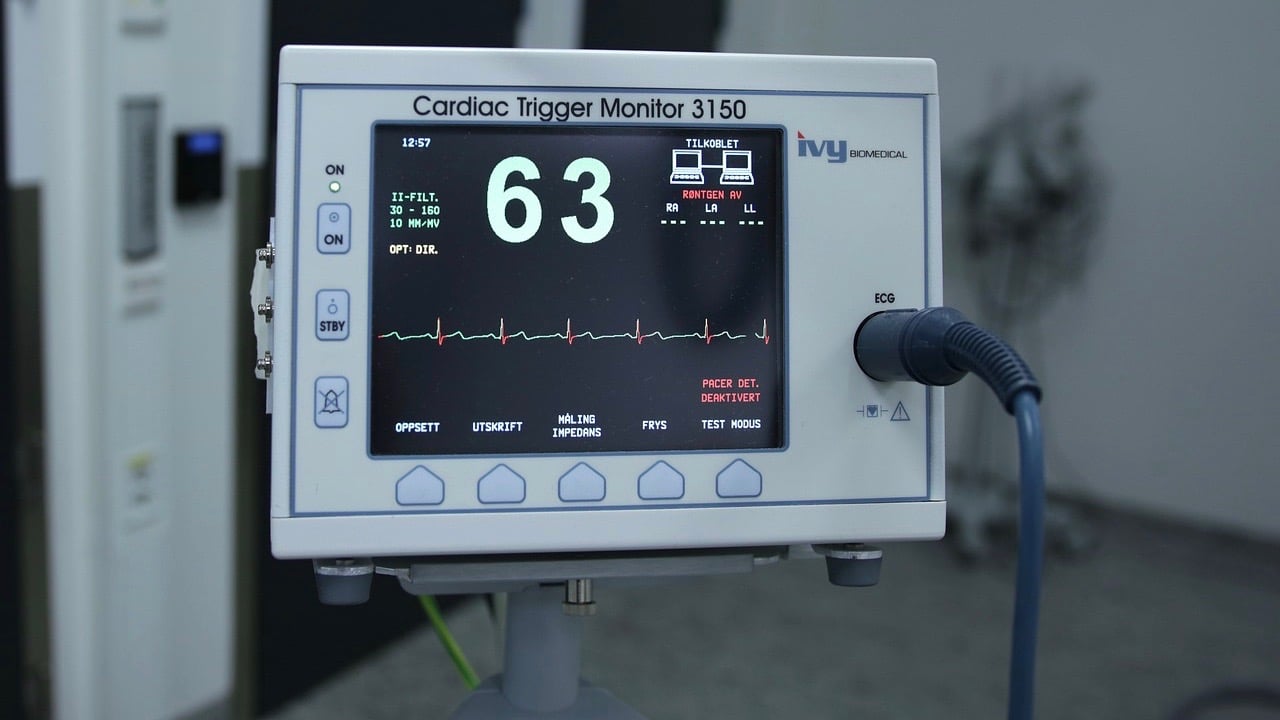On average, semiconductors and many other common electronic components go obsolete within 3 years of being introduced. When a component manufacturer issues an End of Life (EOL) notice, it can place a clamp on the component supply chain. The remaining supply of these obsolete components often becomes scarce and the price per unit increases. Though it is often easier to be proactive and plan ahead for obsolescence, sometimes being reactive is unavoidable. Either way, it is important for original equipment manufacturers (OEM) and electronic manufacturing service (EMS) buyers to know their options based on their situation and production needs.
Below are some of the most common proactive and reactive options for dealing with obsolete electronic components.
Proactive Options:
Design for Drop-In Replacement Components
A popular proactive solution is designing products with individual drop-in replacement components. It can be very beneficial to have potential replacements for parts, such as semiconductors, that are most likely to become obsolete due to regulations or for involuntary reasons. Though it is unlikely that passive components will face obsolescence issues, components that run types of software, as processors do, will inevitably become obsolete in the future. Such design decisions have to be made at the very beginning of the product's life cycle, before production even starts. Designing in drop-in replacements for components that have a limited life-cycle can save a product’s long-term production. With this solution in place, any disruptions in the supply chain can be overcome quickly. However, sourcing multiple drop-in replacement components can be time-consuming and slow down the time it takes to get a product to market. Finding a supplier who can provide drop-in replacements ahead of time can further ease any supply chain issues.
Make Lifetime Buys
Lifetime buying agreements are long-term stocking strategies that can be used by EMS providers and OEMs to circumvent availability issues when faced with the threat of obsolescence. When these agreements are made with the component supplier, the entire lifetime supply of the part is procured by the buyer at one time. Before an agreement can be made, the buyer must predict the life-cycle of the end product to make accurate forecasts of quantities needed for production. This can safeguard OEM and EMS companies from component obsolescence issues, shortages, and other disruptions in the supply chain. That being said, lifetime buys can be perceived as more costly because a buyer has to secure the entire supply of a component at the time of the agreement. This can add additional procurement, inventory, and surplus costs. Also, there is a risk of potentially running out of supply if production forecasts are off.
Re-active Options:
Take Advantage of Last Time Buys
When an electronic component is obsoleted, the original component manufacturer (OCM) usually releases a formal product change notice (PCN) to inform buyers. PCNs notify buyers of changes to specific components, such as specification updates, manufacture location changes, or obsolescence notifications. PCNs about obsolescence, sometimes referred to as product discontinuation notices (PDNs), contain information on the reason a part went obsolete, available replacements, last time buy (LTB) dates and last time ship dates. Taking advantage of an LTB can help secure a newly obsoleted component before it becomes hard to find. This option only works if a PCNs last time buy and ship dates are far enough out to place an order, which is not always a given. Since first noted in 2018, more and more PCNs are being released with an LTB date of “immediately.” Another risk when sourcing obsolete electronic components once a PCN is issued is that there might not be enough stock to fulfill the entire order.
Cross Reference Opportunities
When drop-in replacement components were not proactively identified, crossing may be an option. Most common electronic components often have a viable alternate manufacturer or part number substitute; crossing can help identify those types of opportunities. If alternatives are available that are not obsolete, buyers can source them from factory direct or an authorized distributor. If the alternatives are also obsolete, knowing what substitutes are available will allow for more flexibility and options when sourcing from the open market.
Redesign the End Product
Though not always ideal, sometimes a complete redesign may be in order. In a redesign, obsolete components are designed out of a system or device and new ones are incorporated in. Redesigns are typically both expensive and time-consuming and are therefore not a practical obsolescence solution for every time a component is discontinued.
Source the Open Market
When electronic components go obsolete and become scarce, a buyer's only choice may be to source from the open market. This can be more difficult due to the risk of procuring counterfeit or defective components. Buyers should look at using certified distributors who have the testing capabilities to mitigate these risks.
Here at Sensible Micro, sourcing obsolete components is something we specialize in. Our supplier network has been through 15 years of scrubbing and refinement, leaving us with a dependable vendor base. Our rating system ensures our vendors are thoroughly vetted and continuously monitored. With our in-house lab, we can perform all inspections and anti-counterfeit testing. Aside from counterfeit mitigation inspection standards, confirming an older component has been stored and handled correctly requires an experienced team. When you work with us, you’re working with a certified distributor who can offer quality assurance. Schedule a call with one of our sourcing experts today and let us show you we can alleviate much of the stress caused by part obsolescence.
Stay on top of the latest developments in the industry by subscribing to the Sensible Micro blog today.



















